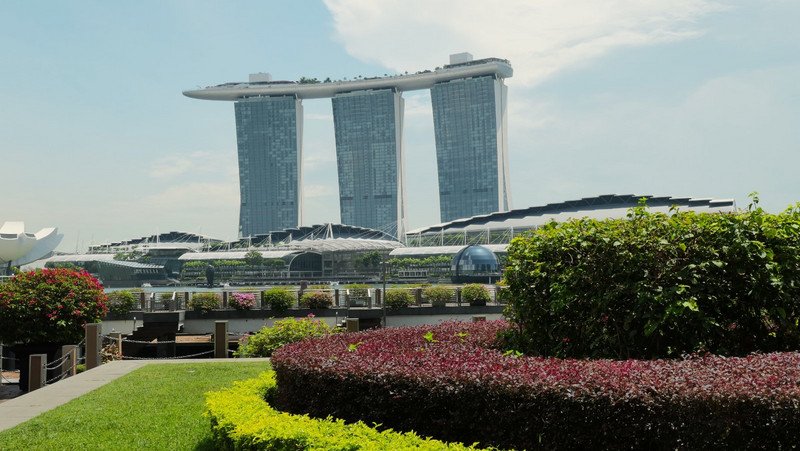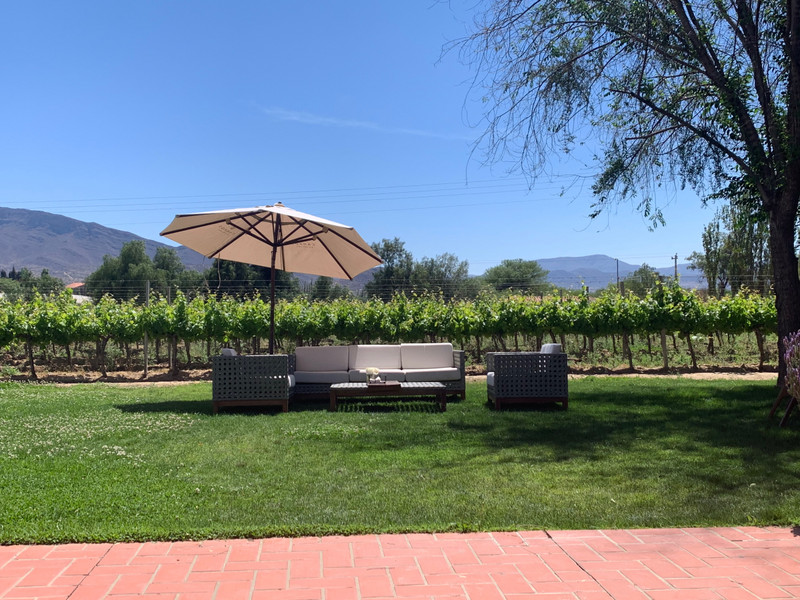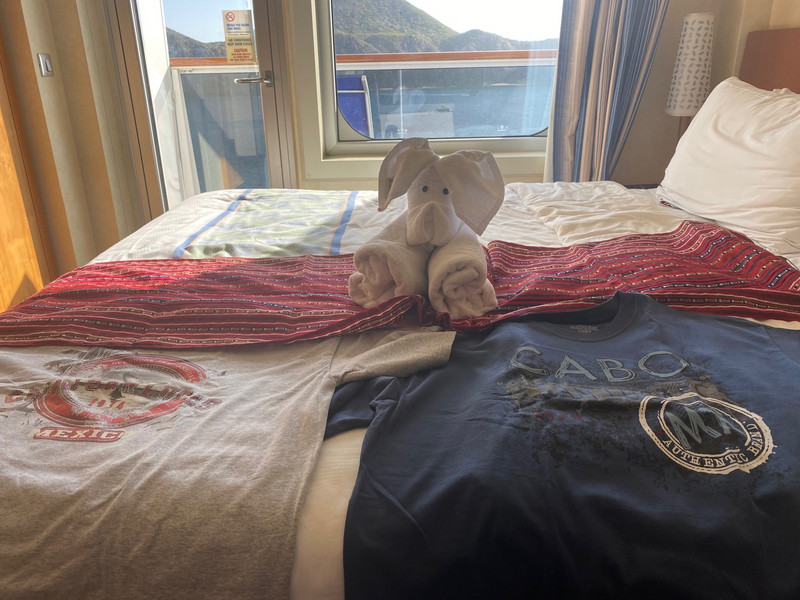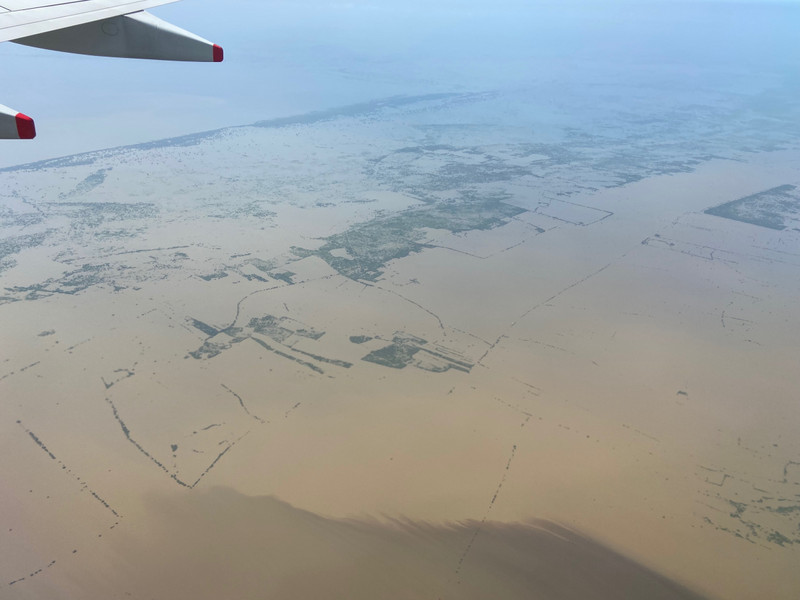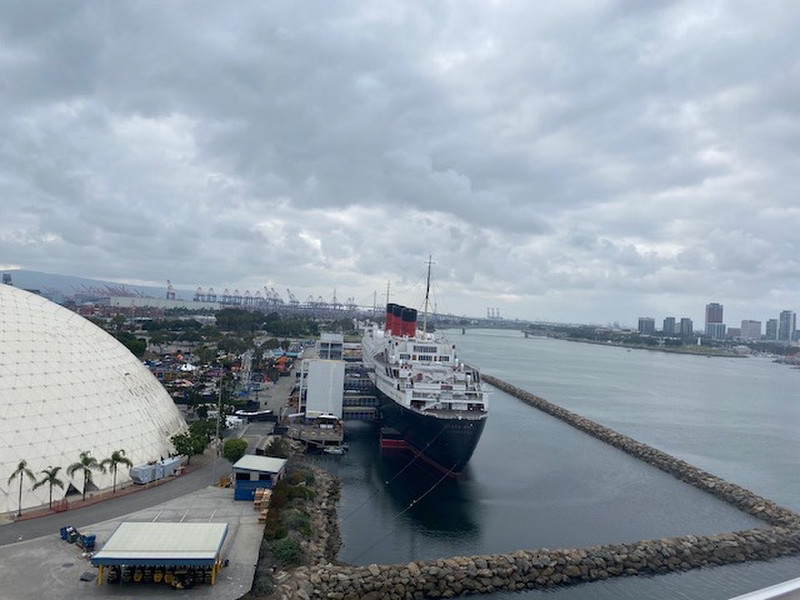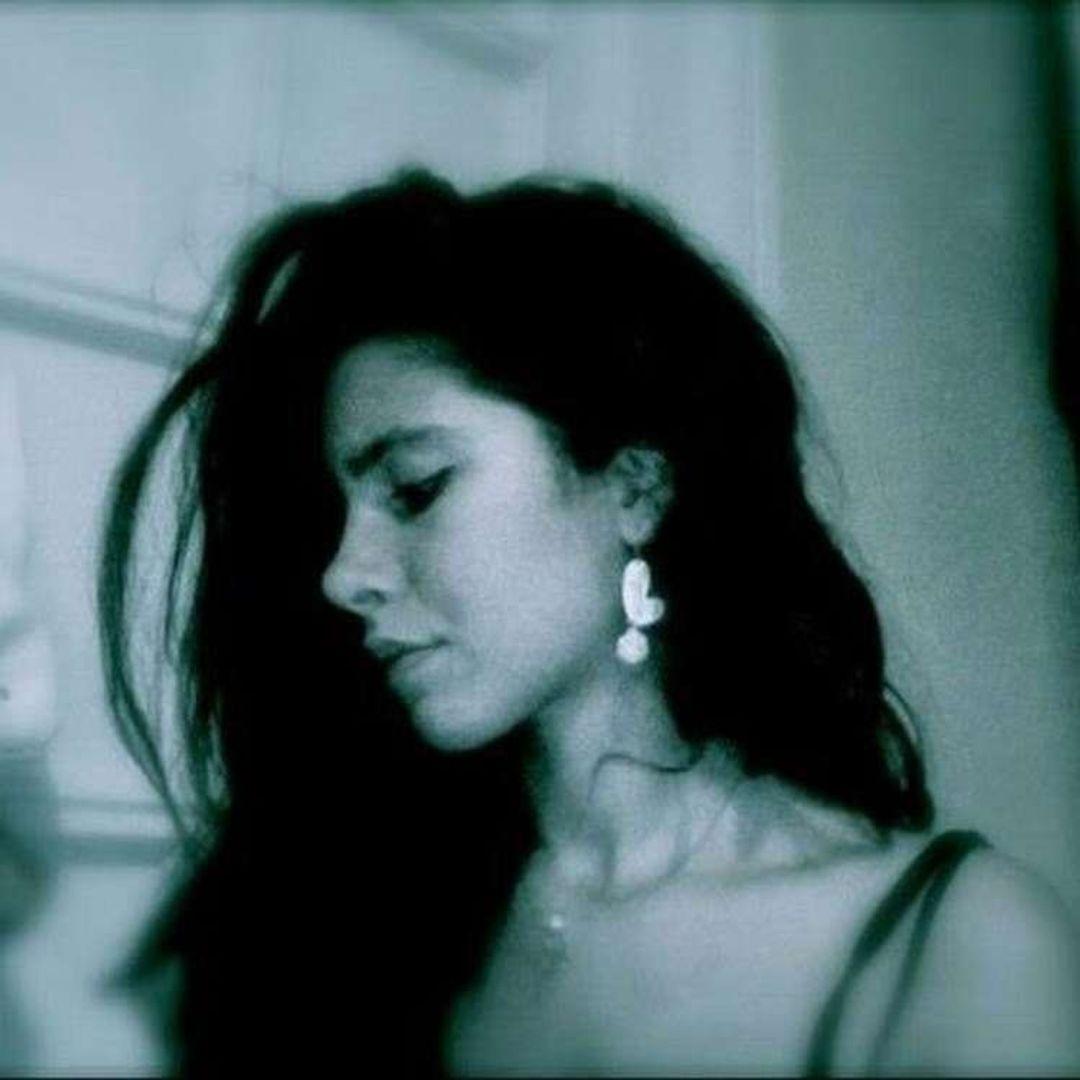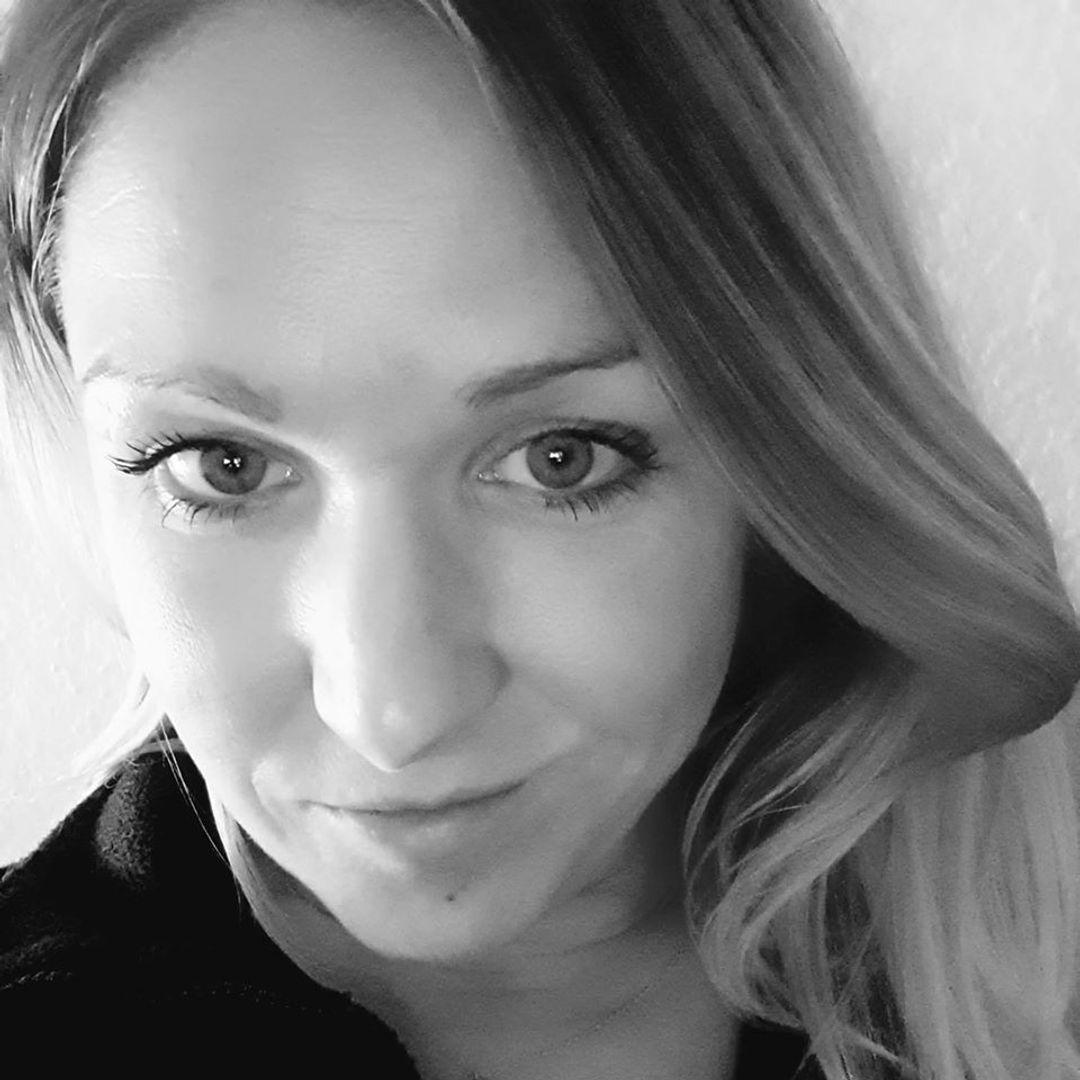(I have now finished the group tour but had no time to write a blog & no signal to send it anyway so I am trying to bring them up to date in the next few days, so apologies if thick & fast! On the other hand, they may not go at all, so fingers crossed)
Daniel, the wildlife expert ( mainly herpetology, the little things), and Harry, (Hery), the Malagasy tour guide/director met me at the airport. The group met up on the evening of the October 1, and set off early on the 2nd. We soon realised ‘early was our new normal! We rarely started later than 6am and sometimes earlier. It was a motley crew, sharing only one thing we are all retired and of a certain age. There was a couple from the US, a couple and woman travelling alone from the Home Counties, a woman from London, and me.
Rainbow are very honest and explicit in their literature about what travelling in Madagascar entails. They emphasise that on this tour you should be able to walk for 3
to 4 hours over rough ground and up hills. The roads are either badly potholed or non existent making all journeys bumpy and challenging, touching local currency without immediately sterilising hands can have dire consequences, tap water cannot be used for anything but washing, internal flights run by Tsaradia ( necessary because of lack of roads & big distances) can be altered or cancelled at a moments notice, and vehicles travelling the roads are liable to breakdown occasionally because of the harsh conditions. In theory, traffic drives on the right. The reality is that in order to minimise damage from potholes vehicles travel slowly and weave around the obstacles so can be on either side of the road, or even off the edge. It only works because speeds are low and drivers patient and polite. There are warnings in the literature that if you have back or neck problems then travel is best avoided.
I have explained this because it quickly became clear that the US couple could hardly walk up a couple of flights of stairs unaided, one person had a recurring back problem and another had developed a severe skin rash
which may have been stress as a result of deciding whether she wanted to do the trip or not, ( it had been cancelled previously because of Covid). The rash worsened quickly and she suffered the whole trip which was a real shame. Daniel & Harry must have looked and thought, this group is going to be a challenge!
So the pace suddenly changed. No longer was I pottering about to my own timetable but concentrating hard to know when I had to be up, set alarms, make sure I had everything needed for each segment of our trip ( we were able to leave unnecessary bits like snorkelling gear in the Tana hotel) and try to squeeze in enough sleep to survive! You will see I photographed little apart from wildlife for a couple of weeks, as I didnt have time, especially when I encountered a few health blips but more about that later. You may ask why there was such pressure? The simple answer is that the tour is designed to visit as many different as possible in the time available in order to see a good range of wildlife.
We started by flying to the mid west coast to Morandava, staying one night at a beautiful lodge before moving to Kirindy the next day, where we stayed two nights before returning to Morandava for a night before taking a flight back to Tana. It was necessary to stop over twice in Morandava as the journey Tana to Kirindy cant be done in a day.
The Lodge in Morandava was close to a river estuary so we went for a boat ride in pirogues ( dug out canoes) to see the birds, including huge numbers of whimbrels. One bird looked like a whimbrel but had a upturned bill like an avocet. After much scratching of heads and squinting at photos the consensus was that it wasnt an exciting discovery but more likely a whimbrel whose bill unfortunately turns up rather than down, but he seemed to be eating well anyway.

